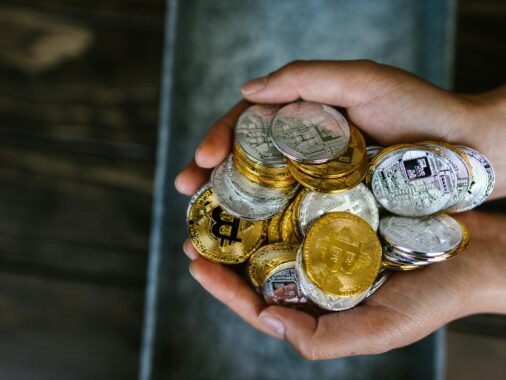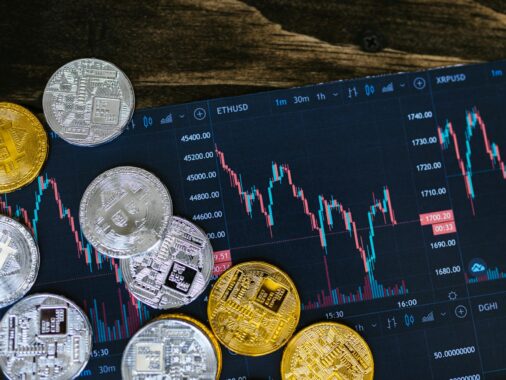Table of Contents
Is Bitcoin Halving Good or Bad?
Is Bitcoin Halving Good or Bad? Explore the debate surrounding Bitcoin halving and its implications for investors, miners, and the broader cryptocurrency market. Learn about the bullish perspective, miner’s dilemmas, market dynamics, and the role of institutional investors in shaping the future of Bitcoin post-halving. Gain insights into how Bitcoin halving impacts supply and demand dynamics, price volatility, and long-term value propositions in the cryptocurrency ecosystem.
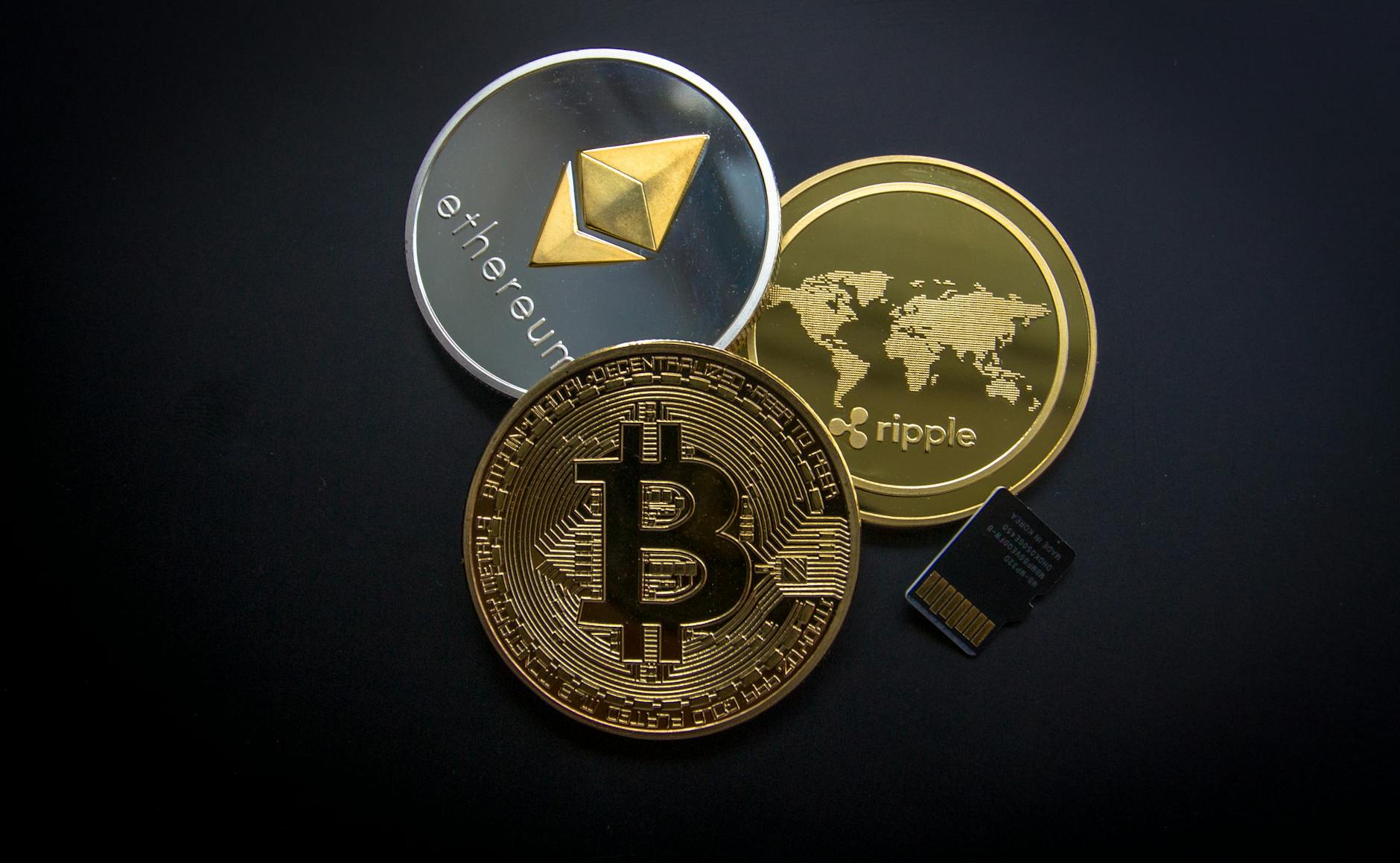
Bitcoin halving is a significant event in the world of cryptocurrency, often sparking debates among investors, miners, and enthusiasts alike. With the recent surge in popularity and adoption of Bitcoin, understanding the implications of halving becomes crucial. In this blog post, we’ll explore the various perspectives surrounding Bitcoin halving to determine whether it’s ultimately a positive or negative phenomenon.
Understanding Bitcoin Halving (Is Bitcoin Halving Good or Bad?)
Before delving into its implications, let’s first understand what Bitcoin halving entails. Bitcoin halving refers to the process through which the reward for mining new blocks on the Bitcoin network is reduced by half. This event occurs approximately every four years or after the creation of 210,000 new blocks. As a result, the rate at which new Bitcoins are introduced into circulation decreases, leading to a gradual reduction in the overall supply of Bitcoin.
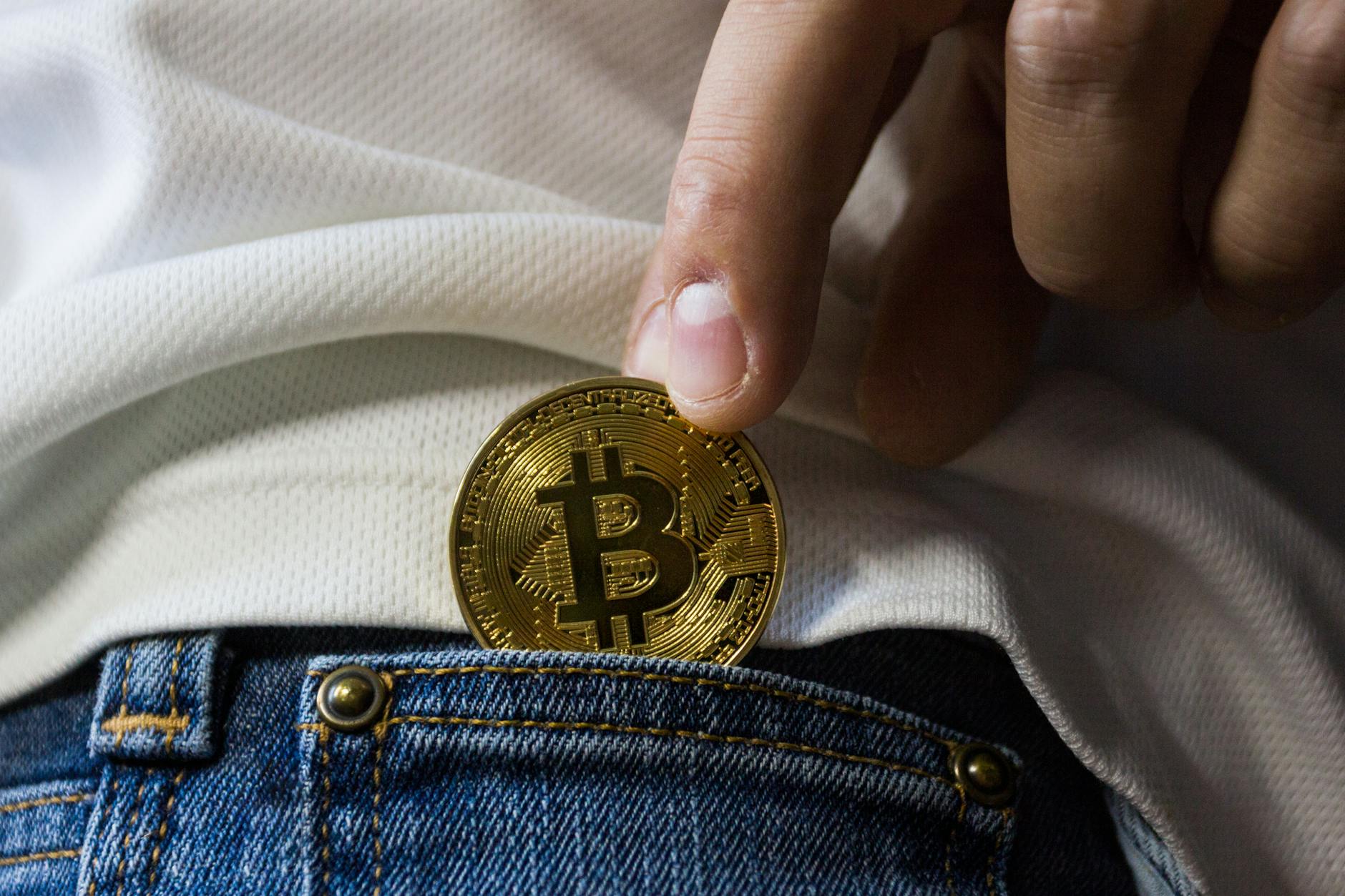
The Bullish Perspective: Scarcity and Value
One prevalent viewpoint regarding Bitcoin halving is its bullish nature. Historically, Bitcoin halving has been associated with significant price rallies and bull markets. The rationale behind this perspective lies in the principles of supply and demand. With the reduction in the rate of new Bitcoin issuance, the supply becomes scarcer over time.
As demand for Bitcoin continues to grow, driven by factors such as increasing institutional adoption and retail interest, the scarcity created by halving can lead to a surge in price. This perspective highlights the fundamental economic principle that scarcity tends to increase the value of assets.
The Miner’s Dilemma: Challenges and Opportunities
For miners, Bitcoin halving presents both challenges and opportunities. On one hand, the reduction in block rewards means that miners receive fewer Bitcoins for their efforts. This can put pressure on smaller, less efficient mining operations, potentially leading to consolidation in the mining industry.
However, it also incentivizes miners to adopt more efficient mining practices and invest in advanced hardware to maintain profitability. In this sense, halving acts as a mechanism for promoting innovation and efficiency within the mining ecosystem.
Market Dynamics and Price Volatility
Bitcoin halving can also contribute to increased price volatility in the short term. The anticipation of halving often leads to speculative buying activity as investors seek to capitalize on potential price gains. However, once the halving occurs and the supply reduction takes effect, market dynamics may stabilize, leading to more sustainable price growth over time. This volatility can present opportunities for traders and investors to profit from short-term price fluctuations, but it also underscores the inherent uncertainty and risk associated with the cryptocurrency market.

The Role of Institutional Investors: Shaping Market Sentiment
The involvement of institutional investors in the cryptocurrency market adds another layer of complexity to the impact of Bitcoin halving. Institutional adoption has been steadily increasing, with companies and funds allocating significant capital to Bitcoin as a hedge against inflation and economic uncertainty. As more institutional investors enter the market, their actions and strategies can influence price movements both before and after halving events.
Institutional buying pressure can contribute to upward price momentum, while sell-offs by large investors can lead to temporary price dips. Understanding the dynamics of institutional participation is essential for gauging market sentiment and anticipating price movements post-halving.
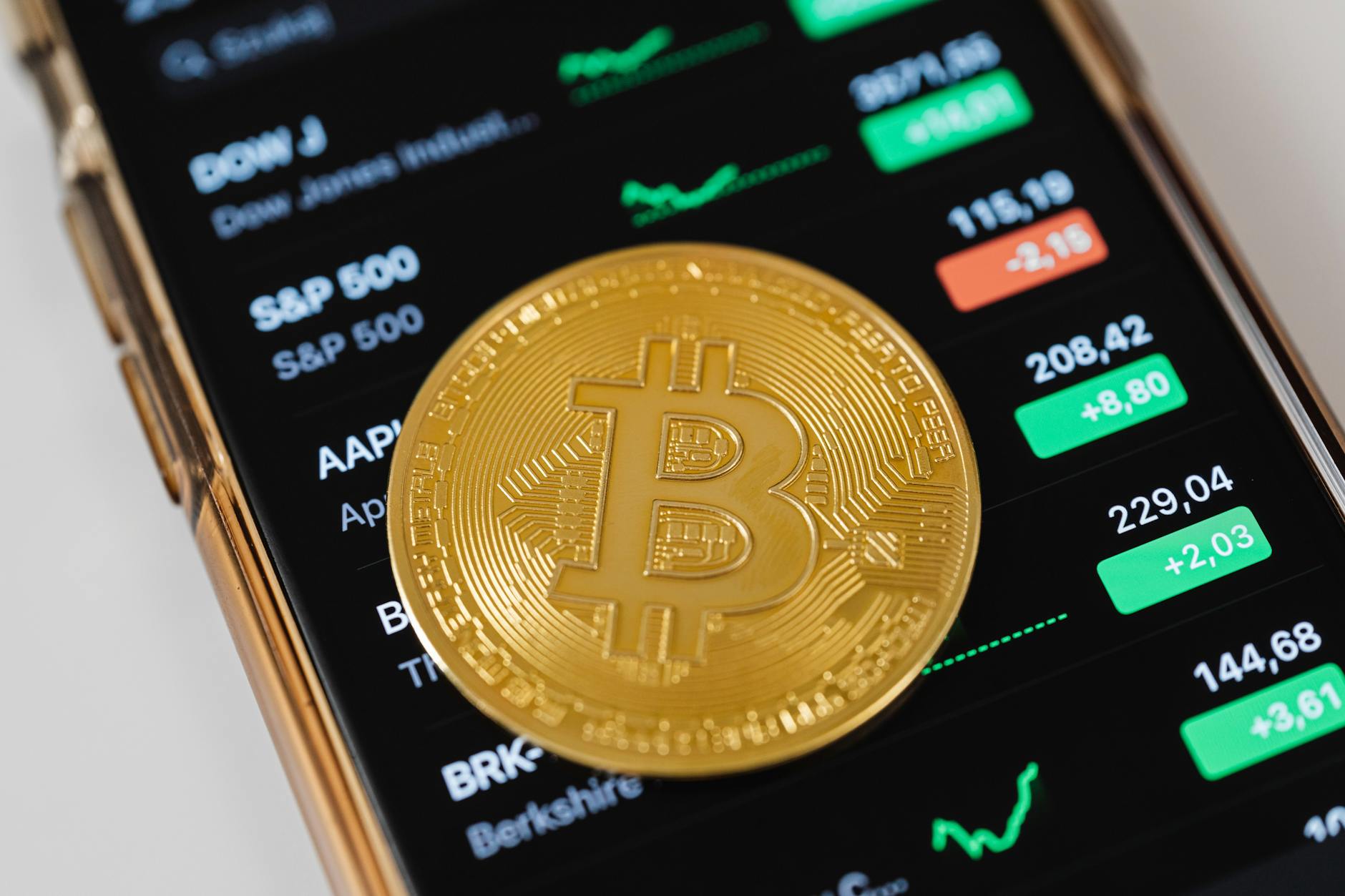
Balancing Act (Is Bitcoin Halving Good or Bad?)
In conclusion, the question of whether Bitcoin halving is good or bad ultimately depends on one’s perspective and timeframe. While halving can lead to short-term price volatility and challenges for miners, it also underscores the scarcity and value proposition of Bitcoin over the long term. As the cryptocurrency ecosystem continues to evolve and mature, the effects of halving events may become more nuanced, with a greater emphasis on fundamental factors such as adoption, regulation, and technological innovation.
By carefully analyzing market trends, investor behavior, and institutional dynamics, stakeholders can navigate the complexities of Bitcoin halving and position themselves for success in the ever-changing landscape of digital assets.
Bitcoin Cash Halving: What You Need to Know
Should I Buy Bitcoin Right Now?




